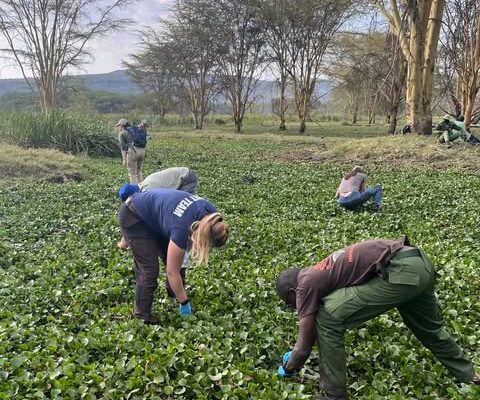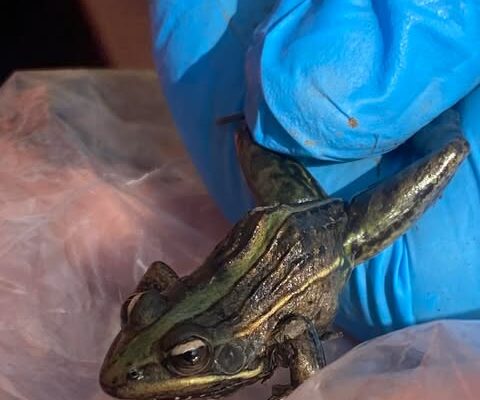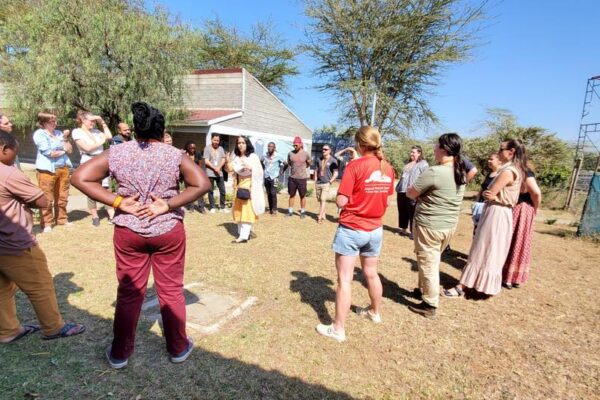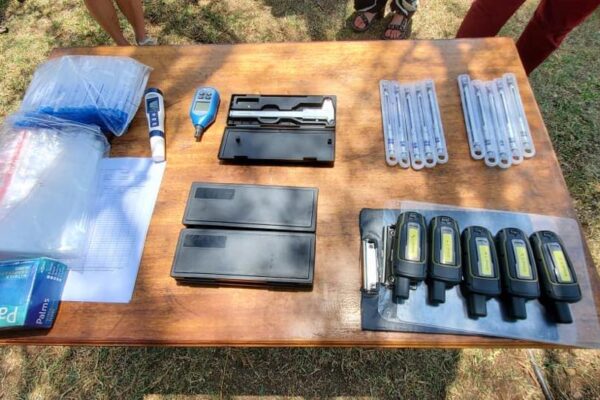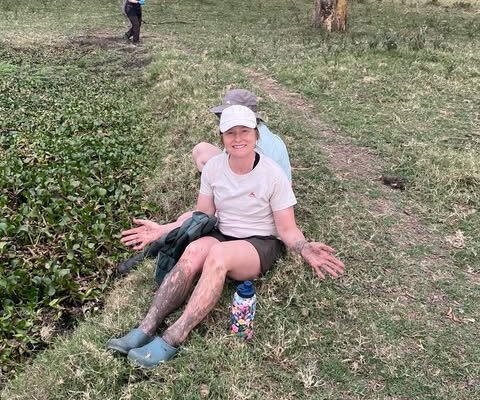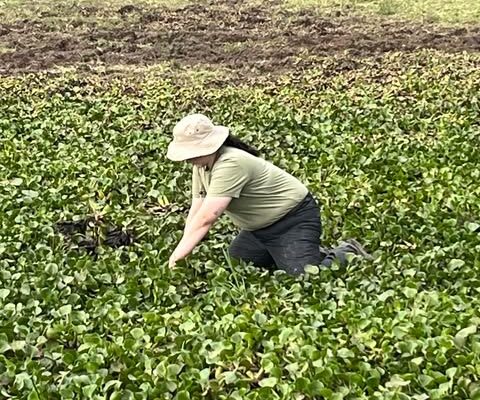
25th February
by Drs Annaliese Johnson and Duncan Aminga
As the Swahili saying goes, “Siku njema huonekana asubuhi”—A good day is seen in the morning. And what a great start we had! With no pressure, we eased into our lectures at 10 AM, fuelled by a nice cup of chai. The highlight of the morning? Ruchi’s hilarious communication game! She whispered a message to one person, and by the time it reached the last, it was completely distorted—nothing like the original! The room erupted with laughter, but beyond the fun, we got a powerful lesson on the importance of clear and effective communication, not just in veterinary practice but in everyday life.
After another round of chai & mahamri, we dived into aquatic animal biology, ecology, and disease investigation—fascinating stuff! Patrick from the National Museums of Kenya blew our minds with insights into the incredible diversity of frog species in Kenya—who knew there were so many?
The afternoon and evening were dedicated to field work to gain an understanding of amphibian handling, and of the frog species present in the local area. Firstly, we headed to Merula Sanctuary to do diurnal amphibian encounter surveys- aka to find some frogs! After a couple of false starts we found a beautiful swampy area where we could get stuck into frog hunting. Some of us enjoyed the mud more than others! The species we found were the Nile Ridged Frog and the Mozambique Ridged Frog.
We then made our way to the shores of lake Naivasha and set up pitfall traps to catch some frogs as they come out of the lake to feed at night. It was hard work, but the team rallied together to get the job done in record time- the horde of mosquitos provided big motivation! After a quick dinner it was back to the lake to do a nocturnal amphibian encounter survey- aka finding frogs in the dark. This was very successful, with all participants finding at least one frog, The species encountered were the Nile Ridged Frog and the Northern African Clawed Frog. The exercise allowed participants to learn about safe amphibian capture and handing and was an opportunity to swab frogs for Chytrid fungus, which has not been widely investigated in Kenya.

